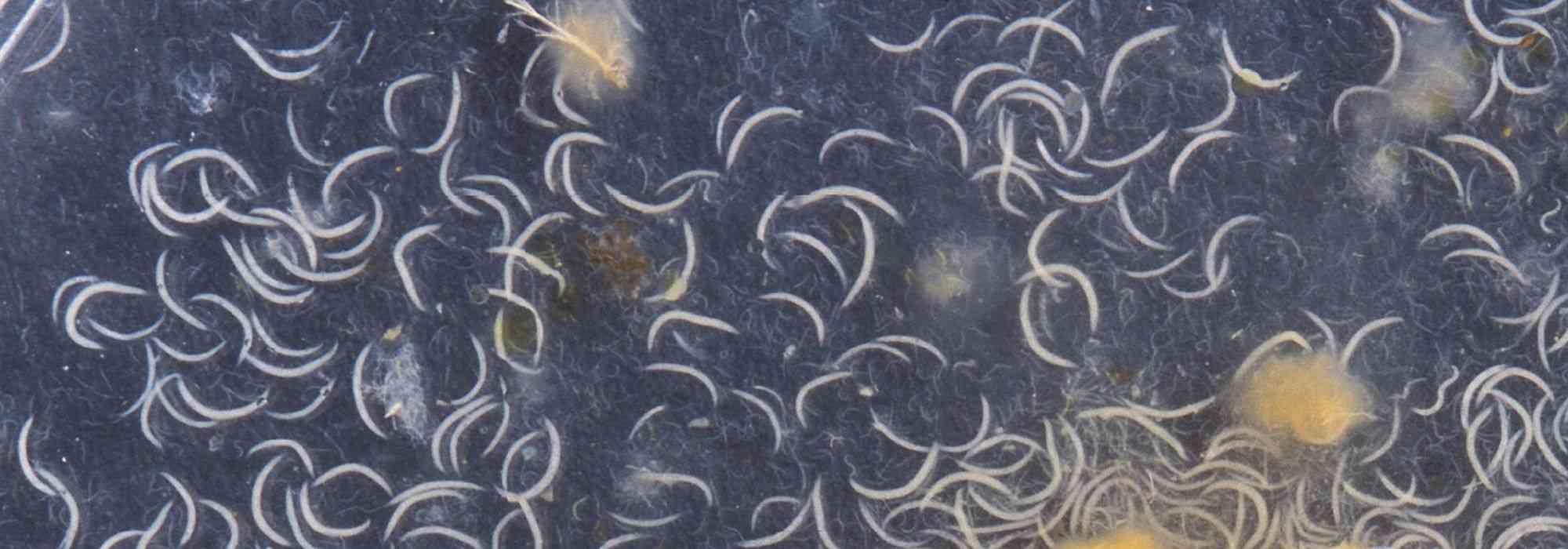
Organic control, beneficial nematodes: how to use them properly?
Garden and vegetable patch
Contents
Nematodes, or roundworms, broadly speaking, are naturally parasitic on many insects and molluscs, some of which can damage plants in garden or vegetable patch. Nematodes are therefore used against larvae of cockchafers, vine weevils and caterpillars… Auxiliary nematodes are an organic, chemical-free solution to control effectively many small unwanted pests. But how and when to use auxiliary nematodes? And above all, which pests can they combat? We explain everything in this guide.
What are these beneficial nematodes?
Nematodes (Nematoda), or roundworms, are very small animals (between 0.5 and 3 mm at adult size) and little-known yet extremely numerous: they make up, by number of individuals, four-fifths of animal kingdom and are found in soils across entire world. Biologists have already described more than 40,000 species but it is estimated there may be ten times more species worldwide. Nematodes live mainly in soil, but some live in water, sediments or even in dead wood or necromass in general (all that is dead in a given place). Depending on species and their medium of life, they are bacterivorous, detritivorous, predators or parasitic.
Parasitic nematodes can, depending on species, parasitise plants and fungi, which causes problems for crops and even in our gardens. Others can parasitise animals: livestock and pets but also… humans, notably in case of ascarids. Auxiliary nematodes, meanwhile, are parasites of insects and terrestrial molluscs. These are the nematodes that interest us in context of biological control.
Nematode species used are mainly Heterorhabditis bacteriophora, Steinernema feltiae or Steinernema carpocapsae. All these nematode species occur in nature and are no doubt already present in your garden. These nematodes are species-specific, that is they will not attack another insect species. And even less a plant, your cat or you!
Oli’s note: It should be noted that, although some nematodes can cause health problems, damage to crops and to livestock, roundworms contribute to proper functioning of natural cycles thanks to detritivores or parasitic organisms and pests that regulate certain overabundant populations. They are moreover excellent organic indicators and help to improve plant growth thanks to better distribution of nutrients. Nematodes are also found in compost where they take part in decomposition process.
How do beneficial nematodes work?
There are several types of parasitic nematodes but those known as entomophagous, meaning “that eat insects“, and mallophagous (“that eat molluscs“) are the ones useful in biological control. At larval stage, beneficial nematodes will infest their target insect by entering through its natural openings. At that stage, nematode larvae are so small they cannot be seen with the naked eye.
Nematodes have small pockets that contain bacteria. These bacteria live in sym symbiosis with the nematodes and allow the parasitised insect to be killed in just one or two days. The nematode larva can then continue to grow by consuming the inside of the parasitised insect larva.
Nematode life cycle is very short, after about a week another wave of young larvae is released outside the insect’s corpse, that is, into the soil. These larvae in turn set out to find another insect to parasitise and so on until none remain nearby.
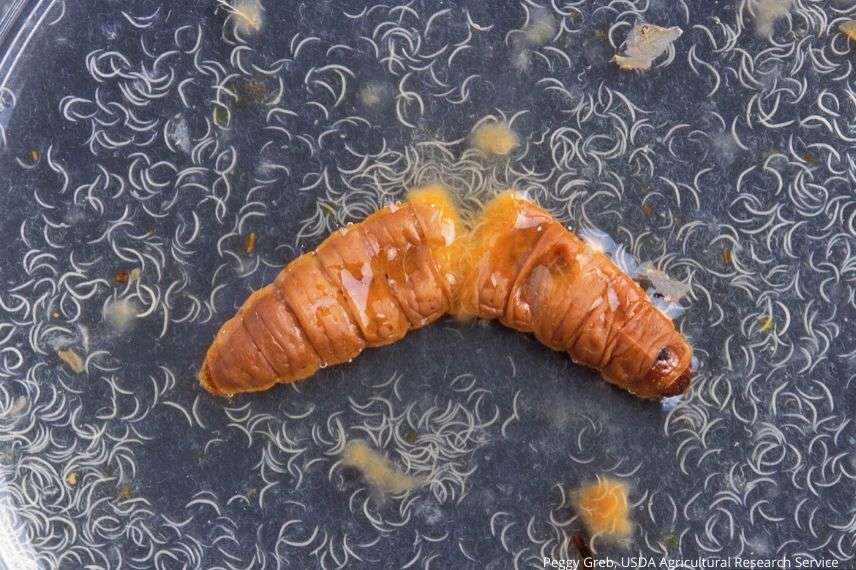
Discover other Care products
View all →Available in 1 sizes
Available in 1 sizes
Available in 1 sizes
Available in 1 sizes
Available in 1 sizes
Available in 1 sizes
Available in 1 sizes
Available in 1 sizes
Against which pests can beneficial nematodes be used?
There are many beneficial nematodes specific to different types of pests.
Here is a short list:
- Caterpillars of Lepidoptera (butterflies and moths): codling moth of apples and pears (Cydia pomonella), some leaf miners and a few noctuids.
- Larvae of Diptera: crane flies or fungus gnats.
- Larvae of Coleoptera: wireworms, chafers, mole crickets and… weevils, such as red palm weevil (Rhynchophorus ferrugineus) or notorious vine weevils.
- Larvae of Hemiptera: notably in case of the famous sycamore lace bug (Corythucha ciliata).
- And much is said about entomopathogenic nematodes but let’s not forget mollusc‑eating ones that control slugs and snails.
How and when to apply beneficial nematodes in the garden?
Commercially purchased nematode larvae are supplied in sachets containing between 5 and 50 million nematode larvae. Simply dilute sachet contents in water then, either water soil or spray water onto infested plant.
An initial wave of pests will die quickly during first two days. But allow a full nematode larvae cycle, about ten days, for maximum effectiveness.
What happens when there are no more pests to parasitise? Well, nematode larvae are host-specific to a type of insect, sometimes even to a single species. When pest insect is no longer present, nematode larvae have nothing to eat. They stop reproducing and starve.
Warning! As you will have understood, this type of “treatment” cannot be preventive. Nematode larvae must only be applied at appearance of first pests.
Some rules to follow for proper application of nematode larvae
- nematodes die below 4 °C and dislike high heat: ideal is application at temperatures above 15 °C;
- nematodes do not store well : treat as soon as possible upon receipt of sachet. If this is not possible, store them for a few weeks to a few months depending on nematode species at temperature between 10 and 15 °C ;
- nematodes are “afraid” of sunlight : if treatment must be done on aerial parts of plant (for example in case of palm weevil), carry out early morning or late evening so larvae have time to “enter” pests and protect themselves from UV ;
- nematodes dislike dry conditions : for application to soil, apply to moist soil and keep it moist for following ten days ;
- nematodes do not like chemicals : in any case it is prohibited !
- Subscribe!
- Contents


































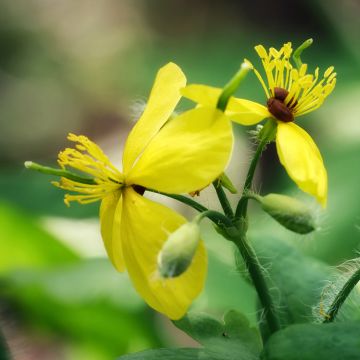
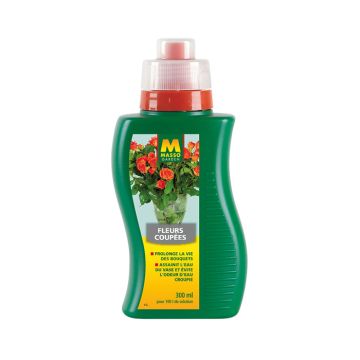
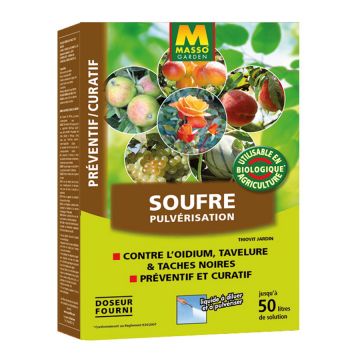



Comments